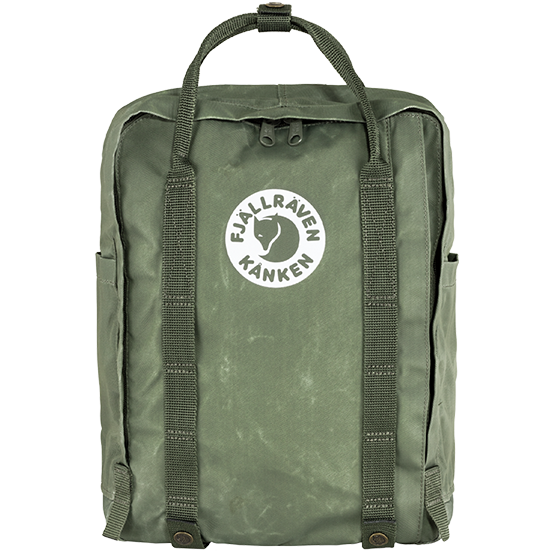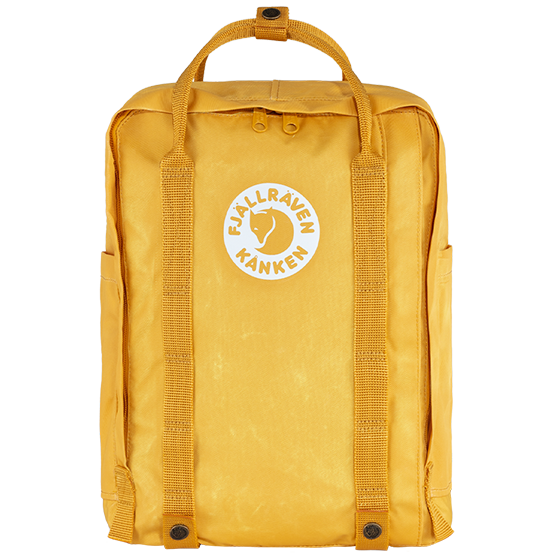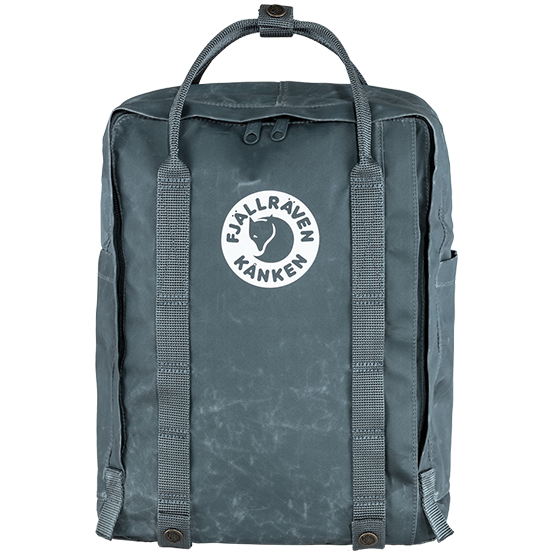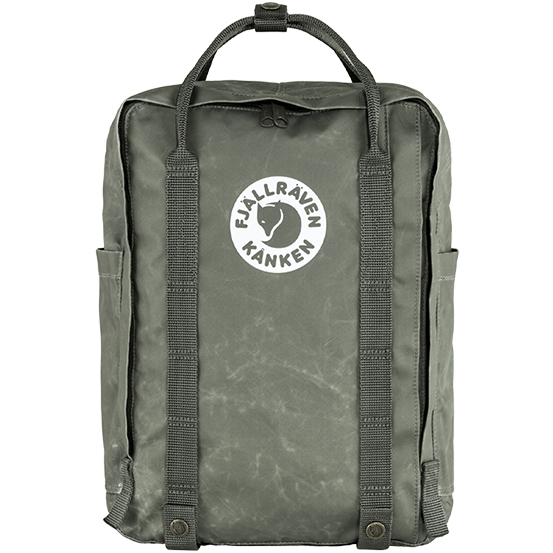Inspired by the past, exploring the future
Tree-Kånken combines iconic design with Fjällräven’s new wood-based fabric.
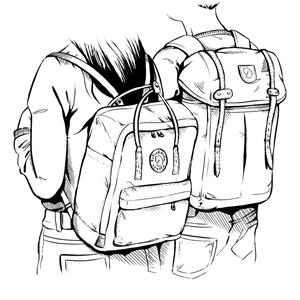
Tree-Kånken is a tribute to Kånken’s first design from 1978. Throughout the years, Kånken has only been slightly redesigned, with its basic simplicity and functionality remaining the same. It is why Kånken has become a household name all over the world.
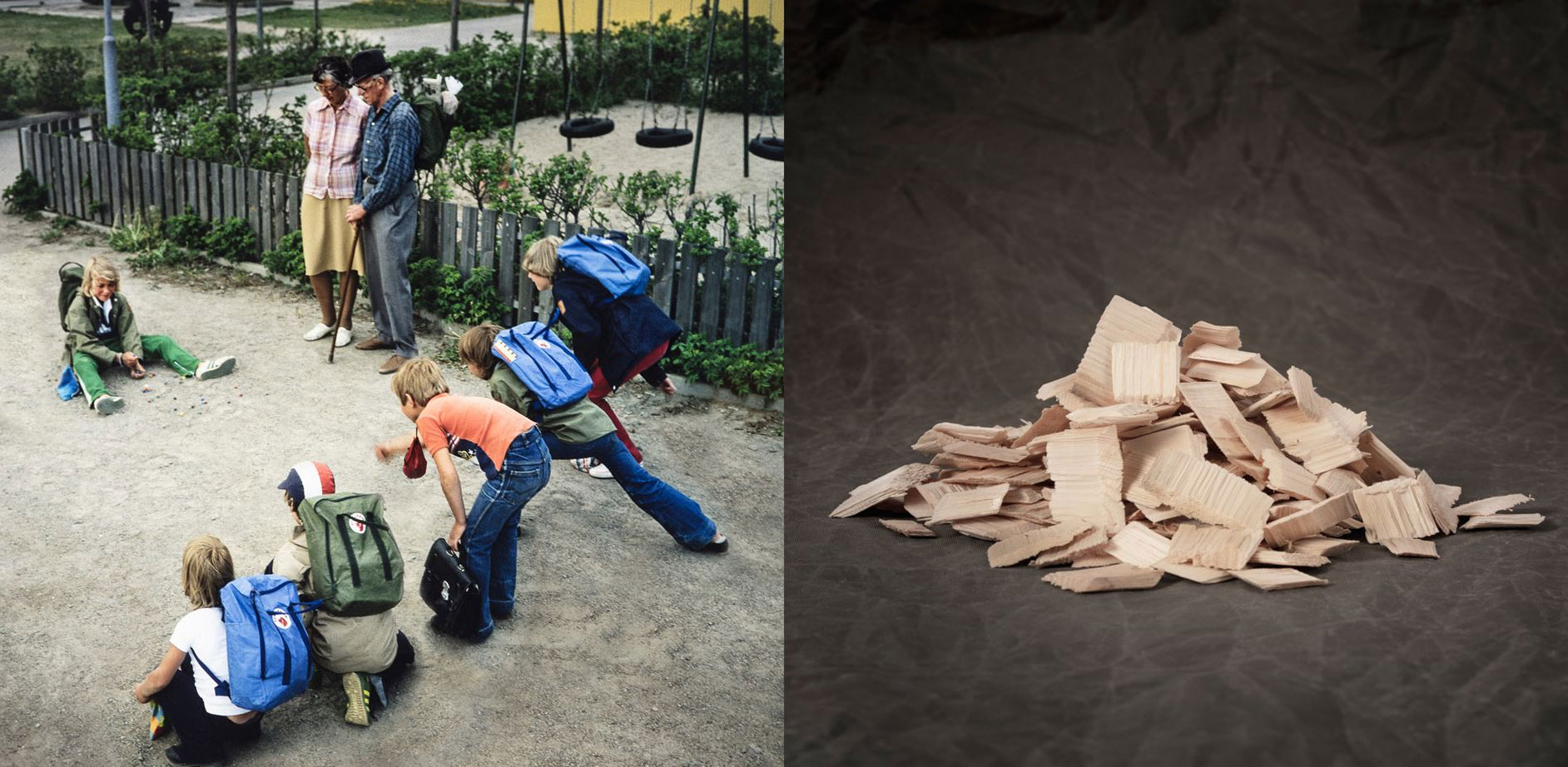
Tree-Kånken does not look exactly like today’s Kånkens. For one, its design is rooted in the very first Kånken, which had handle straps that were sewn lengthwise down the front, as well as no visible front pocket. Also, Tree-Kånken is made from a patinaed fabric developed as a potential alternative to fossil-based materials: Pine Weave.
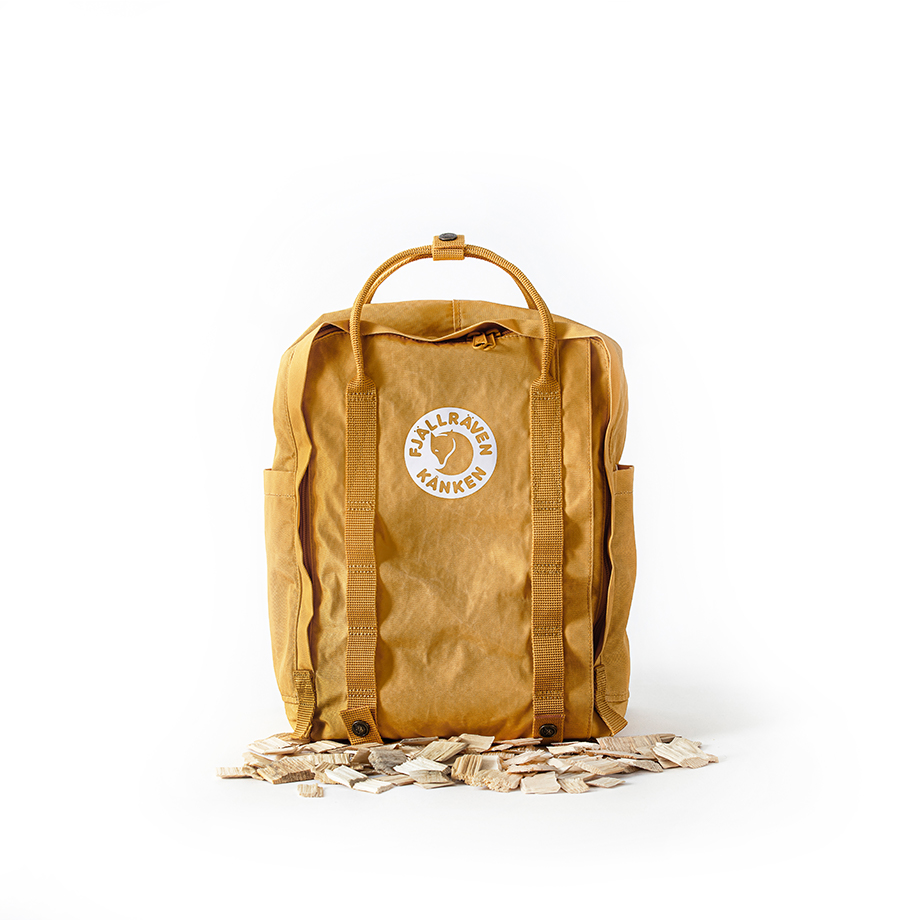
Pine Weave: a fabric made from non-fossil-based raw material
Tree-Kånken is part of Fjällräven’s ongoing exploration into more sustainable ways of creating durable, functional, and timeless equipment. The main fabric and lining of Tree-Kånken are made from Fjällräven’s new Pine Weave material. A wood-based fabric exclusively developed by Fjällräven, it is made out of filament fibres and optimised for extra strength and functionality.

According to Product Developer Johanna Mollberg, finding ways to use materials that do not use finite fossil-based resources is a vital task: “It (the development of Pine Weave) is a way for us to stay on top of things, to be able to explore new and better ways of making and sourcing materials. It is a journey where we always try to improve our environmental footprint. Pine Weave is a part of this journey, where we have learned a lot along the way, not least the importance of being humble to the challenges out there. We always strive to improve, but we need to avoid a scenario where improvements in one area creates challenges in others, such as biobased materials vs. biodiversity”.
“We are constantly exploring how we can use even more bio based materials in our products, but we also continually need to improve and find even better ways to source them.”
From pulp to fibre, yarn to fabric
Fjällräven comprehensively improved and modified the production process to ensure Pine Weave is stable, hard-wearing, and water repellent. Mollberg briefly explains: “In very short, wood chips are boiled down to a cellulose mass. The mass then goes into the lyocell process, which is a sort of solvent-spinning technique. The dissolved cellulose pulp is pushed through spinnerets. It is finally washed, dried up and spun into yarns. The yarn is then woven into a plain weave and coated with a mixture of pu and wax to prolong the lifetime of the fabric and make it more durable than existing lyocell fabrics out on the market.”
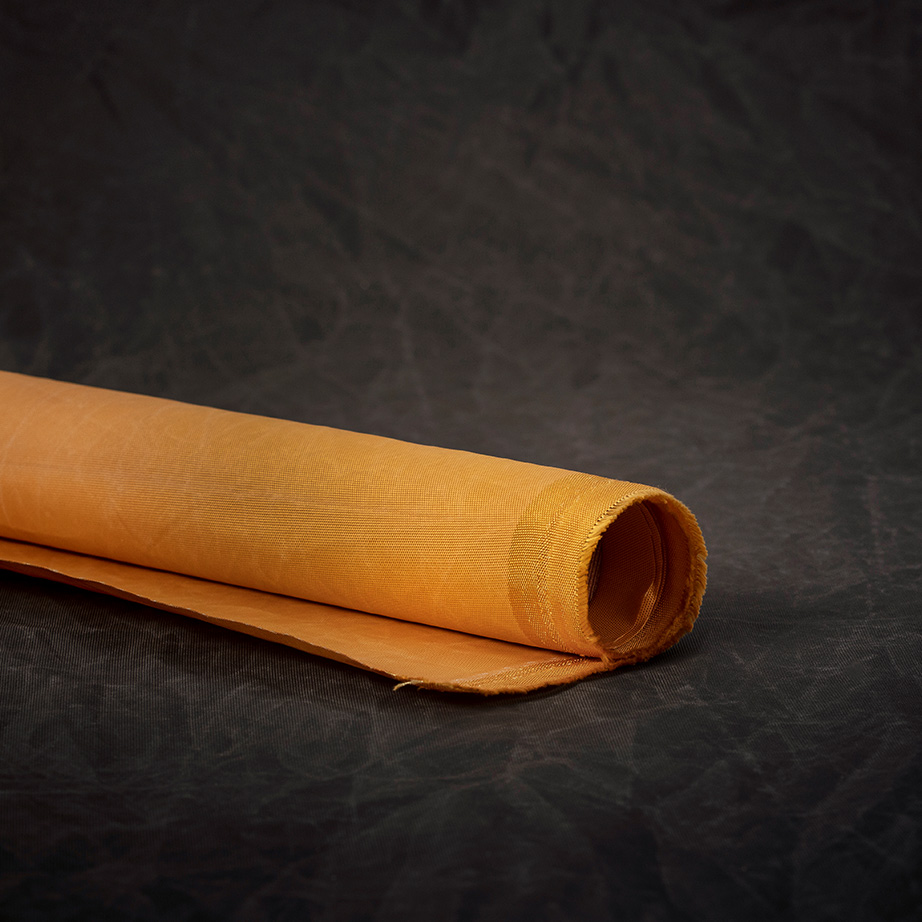
Sourcing the raw material for Pine Weave
The wood raw material sourced by Fjällräven comes from a cultivated and certified forest just outside Fjällräven’s hometown of Örnsköldsvik in northern Sweden, and never from virgin forests. The available industrial process that turns wood into cellulose today is not able to keep certified, traceable wood separate from other sources of wood. So the pulp used in Pine Weave is mixed up with the total amount of wood going into the pulp-making process. This is referred to as a 'mass-balance' approach. And although traceability from backpack to tree in a closed system is not possible, it still means Fjällräven is contributing to a growing demand for more traceable, certified wood in those industrial processes.
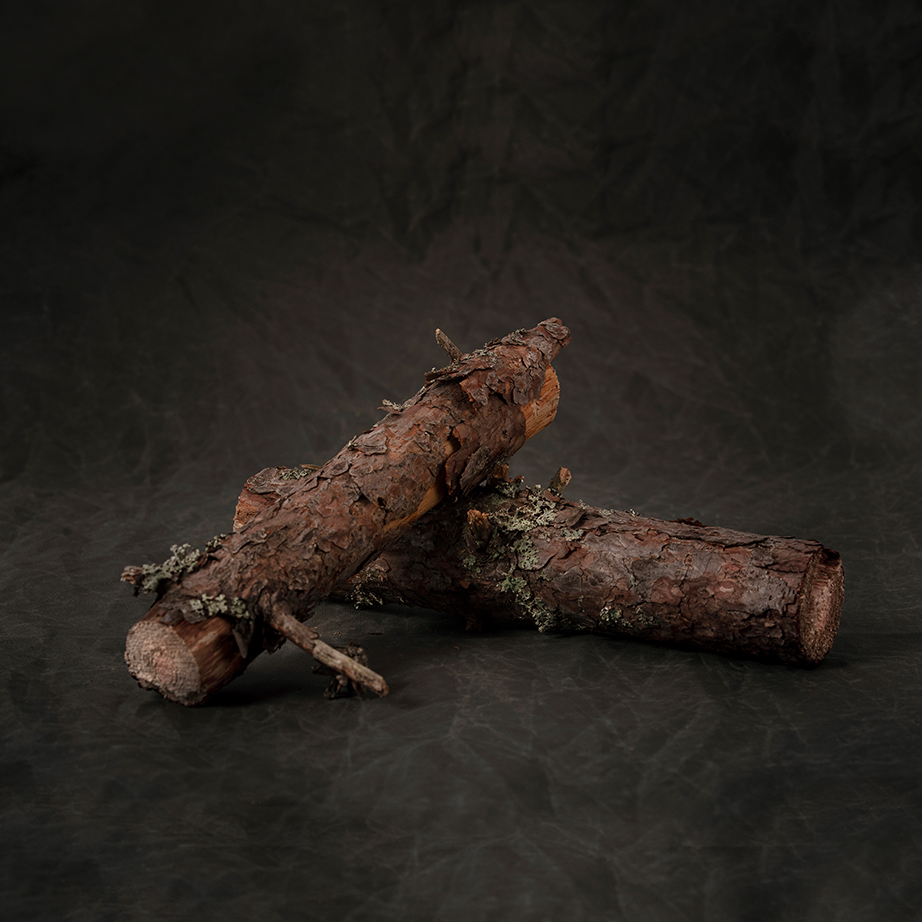
Fjällräven Kånken
Tree-Kånken
Related stories
Fjällräven Kånken
